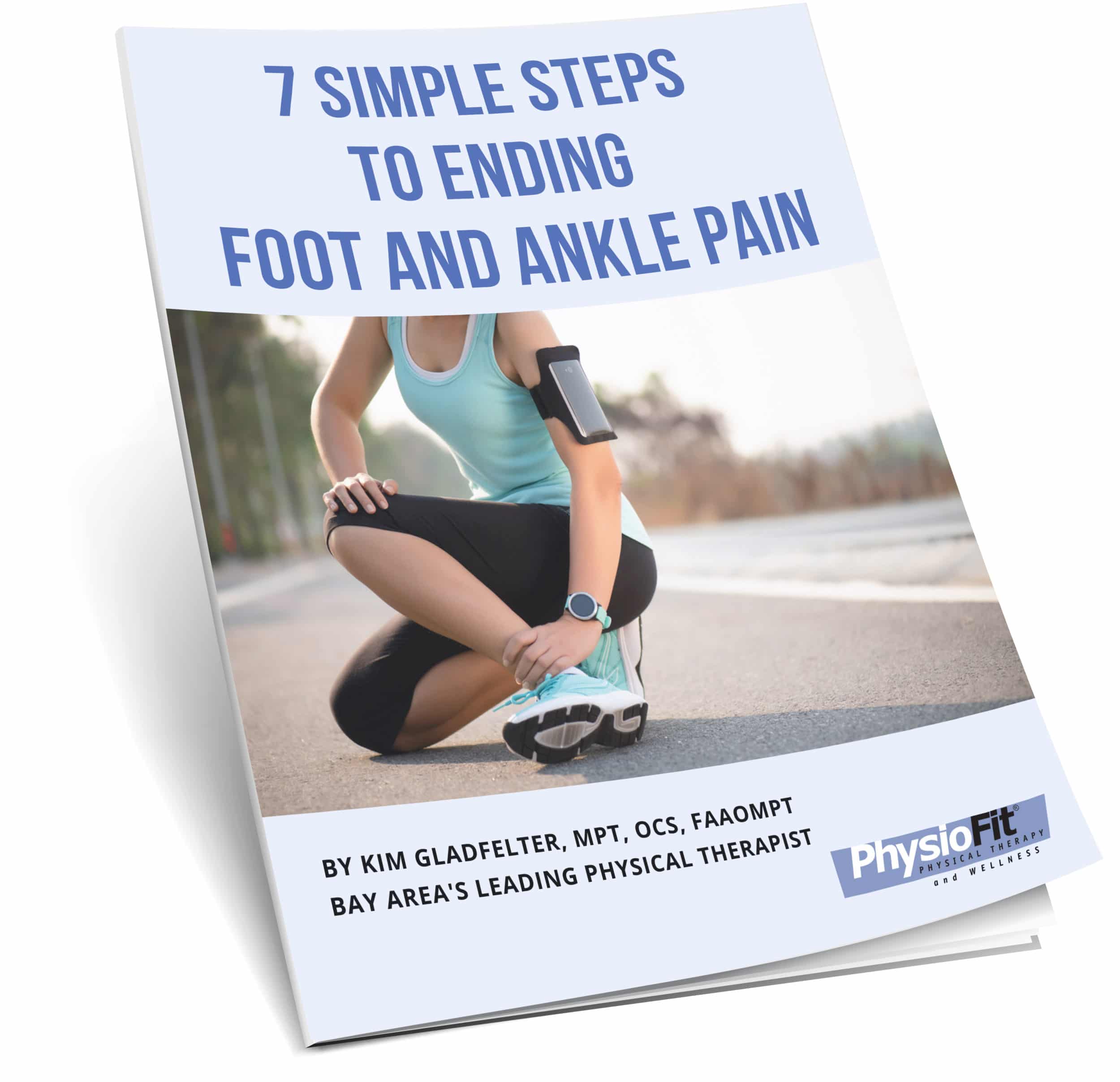 If you have a sprained ankle, you may be puzzled when your doctor or physical therapist recommends walking on it. Although resting an injured ankle is wise immediately after an injury, the latest data suggests that you’ll benefit equally from walking on a properly supported ankle as soon as possible.
If you have a sprained ankle, you may be puzzled when your doctor or physical therapist recommends walking on it. Although resting an injured ankle is wise immediately after an injury, the latest data suggests that you’ll benefit equally from walking on a properly supported ankle as soon as possible.
Successful recovery begins with immediate attention to the injury. Of course, you should see a doctor as soon as possible for a proper evaluation of the injury. By acting quickly, you can reduce swelling and pain by using the P-R-I-C-E regimen. In addition, there are three categories related to the severity of ligament damage that require different treatment and recovery times.
What is “P.R.I.C.E.”?
- Protection— Use an ankle brace, boot, or supportive tape during the early post-injury days.
- Rest— Get off of the foot as much as possible for the first 24 to 48 hours.
- Ice— Slow the inflammation and reduce swelling by applying ice packs. Soaking your foot and ankle in cold water for 15 to 20 minutes may also help.
- Compression— Use an ACE bandage or other supportive wrap to support the injured ligaments.
- Elevation— Prop up your foot when you are seated, keeping it at or above the level of your hips.
Sprained ankle? Here are 3 categories related to the severity of ligament damage and require different treatment and recovery times.
Grade 1 Sprains: cause little damage to the ligaments, and although the ankle will be tender for a few days, you can walk on it after a short period of rest.
Grade 2 Sprains: Some tearing of the tissues present and a longer recovery time of up to 4 weeks.
Grade 3 sprains: Bruising, swelling, and the complete tear of ligaments; this level of injury may require surgery. 4 to 8 weeks of protection and rehabilitation before you return to full activity.
Therefore, starting ankle exercises the day following your injury with mild sprains, and when the swelling subsides with severe sprains, can increase the likelihood of a full recovery from an ankle sprain.
At PhysioFit Physical Therapy & Wellness, we can design an exercise program to facilitate your safe return to full, normal activities while decreasing your likelihood of re-injury.
Free Guide for Anyone Looking to End Foot & Ankle Pain
 ABOUT THE AUTHOR
ABOUT THE AUTHOR
Kim Gladfelter, MPT, OCS, FAAOMPT
Women's Health Physical Therapy Specialist at PhysioFit Physical Therapy & Wellness
Kim Gladfelter is a physical therapist, Pilates instructor, educator, author, and co-founder of PhysioFit Physical Therapy & Wellness. She is known as a keen, well-rounded expert of healing through movement and women’s health specialist in the Silicon Valley area.
Kim has helped men and women of all ages to stay active and feel their best. She also writes about managing pain in her health columns, blogs and the local Los Altos Town Crier newspaper as well as reaches out to the local community, support groups, schools, libraries, and sports centers to advise and educate on body awareness and therapeutic exercise.
 ABOUT THE AUTHOR
ABOUT THE AUTHOR
Kim Gladfelter, MPT, OCS, FAAOMPT
Women's Health Physical Therapy Specialist at PhysioFit Physical Therapy & Wellness
Kim Gladfelter is a physical therapist, Pilates instructor, educator, author, and co-founder of PhysioFit Physical Therapy & Wellness. She is known as a keen, well-rounded expert of healing through movement and women’s health specialist in the Silicon Valley area.
Kim has helped men and women of all ages to stay active and feel their best. She also writes about managing pain in her health columns, blogs and the local Los Altos Town Crier newspaper as well as reaches out to the local community, support groups, schools, libraries, and sports centers to advise and educate on body awareness and therapeutic exercise.
sprained ankle

 Los Altos, CA
Los Altos, CA

